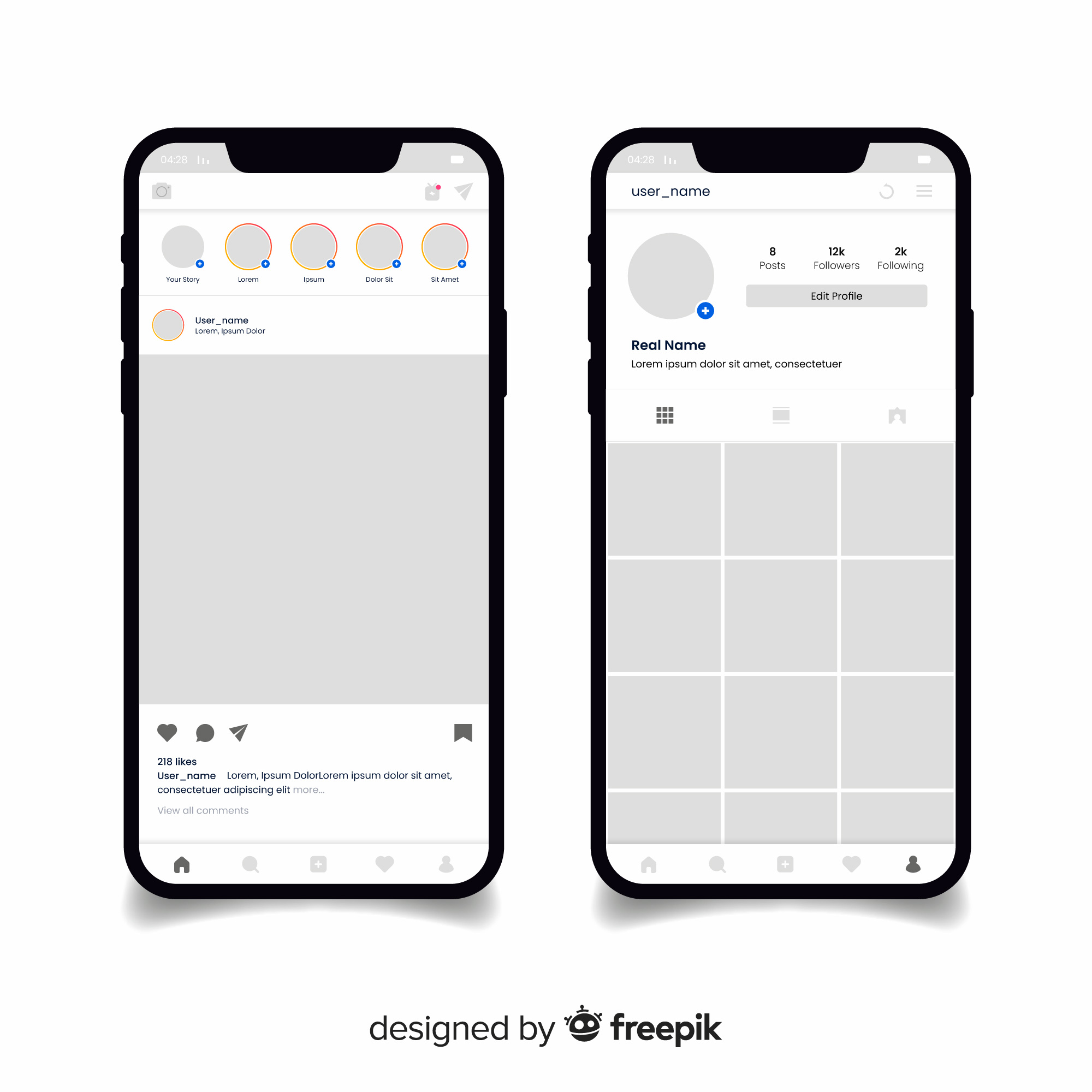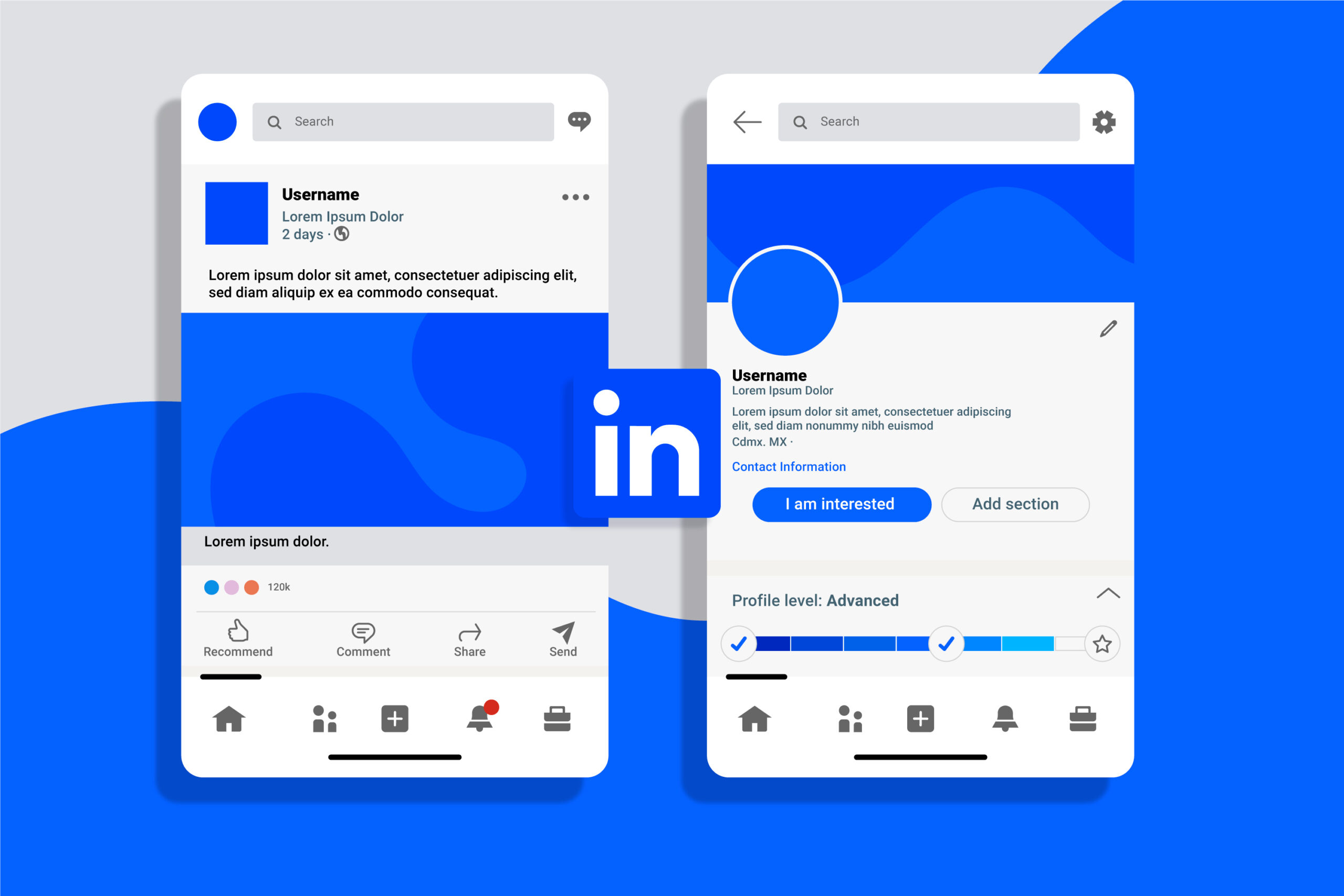In today’s highly competitive market, branding plays a crucial role in the success of any business, including companies following the SaaS model. Building a strong brand identity not only helps you stand out from the competition but also creates trust and credibility among your target audience.
Once you are familiar with your target audience and how they think, you can easily tailor your brand messaging and design elements to resonate with them effectively. Craft a unique value proposition that clearly communicates the benefits and value your SaaS solution offers. Play on human emotions like fear and greed in your branding styles.
Strong branding frames your business as a glamorous option and is a good way to attract the right customers. Additionally, develop a brand personality that aligns with your target audience and reflects your company’s values and mission (other than making big profits).
Top Tips
Consistency is key when it comes to branding. Create a cohesive visual identity by designing a logo, selecting a color palette, and choosing typography that reflects your brand ideology.
These elements need to be consistently applied across all your website, social media, and email communications. Moreover, try to maintain brand consistency in your messaging by using a consistent tone of voice and key brand messages across different channels. This helps reinforce your brand image and makes you more recognizable.
Showcasing testimonials and case studies from satisfied customers is another effective way to build a more respected brand. Highlight the success stories of your clients and demonstrate how your SaaS solution has helped others overcome major challenges and achieve their goals. Potential customers are way more likely to trust a brand with a proven track record, whatever way you frame it.
Social proof helps build trust and confidence in your brand. Therefore, you should actively encourage your customers to leave reviews and testimonials, and share them on your website and social media platforms.
Content marketing is a powerful tool for building a brand. Educational content that shares knowledge and provides actionable solutions to the challenges your customers face is key. By offering solutions and insights, you position your SaaS business as an authority in the industry, genuine value is the best form of branding.
Cultural and Geographical Branding
Cultural and geographical branding play pivotal roles in shaping a SaaS company’s identity and success. Effective branding transcends mere logos and colors; it reflects the company’s values, and establishes a lasting connection.
To create a meaningful cultural connection, it’s essential to conduct thorough research to grasp cultural nuances, language preferences, and pain points. Often SaaS companies prioritise english speaking clientsexclusively, but this can be detrimental to your success. Tailoring your SaaS solution to address specific groups requires demonstrate a deep understanding of their culture, but it can be a great way to build stronger brand loyalty.
Language is a powerful tool in cultural branding. Tailor your marketing content, website, and communication to resonate with the local audience. Ensure that your messaging not only speaks their language but also addresses their unique challenges and aspirations. This fosters a sense of belonging and positions your SaaS company as a valuable partner.
Partnering with influencers who have a strong presence in the target geographical region can provide authenticity and credibility to your brand. Their endorsement can bridge the gap between your company and the local culture, helping you establish trust faster.
Design elements such as colors, imagery, and symbols can hold deep cultural significance. Customize these elements to align with the cultural aesthetics and preferences of the region you’re targeting. A design that resonates visually creates an immediate emotional connection with the audience.
Engage in social responsibility initiatives that resonate with the values of the target region. This showcases your commitment to the local community beyond just business interests, solidifying your brand’s cultural and geographical relevance.
Branding for a SaaS company goes beyond surface-level aesthetics. It requires a genuine effort to understand, embrace, and integrate the values and preferences of the target audience. By localizing messaging, adapting design, and establishing authentic connections, a SaaS company can create a compelling brand that transcends borders and fosters lasting relationships.
FAQs
How long does it take to improve the branding of a SaaS business?
Improving branding is an ongoing process and can vary based on various factors such as the current state of your branding, market competition, and your efforts. It may take several months to a few years to establish a strong and recognizable brand.
What are some common branding mistakes to avoid?
Some common branding mistakes to avoid include inconsistent messaging, lack of clarity in defining target audience and value proposition, ignoring customer feedback, and failing to adapt to changing market trends.
Is it necessary to hire a branding agency for SaaS businesses?
Hiring a branding agency can be beneficial as they have expertise in creating and implementing effective branding strategies. However, it is not always necessary, and smaller businesses can start by defining their brand identity internally and gradually seek professional help if needed.
How can branding impact customer loyalty?
Strong branding creates a positive perception of your SaaS business and fosters trust and credibility. When customers associate your brand with quality, reliability, and value, they are more likely to become loyal advocates who continue to choose your services and recommend them to others.
What are some successful examples of SaaS businesses with strong branding?
Examples of SaaS businesses with strong branding include Salesforce, HubSpot, Slack, and MailChimp. These companies have effectively differentiated themselves through consistent messaging, memorable visuals, and a deep understanding of their target audience’s needs and aspirations.




